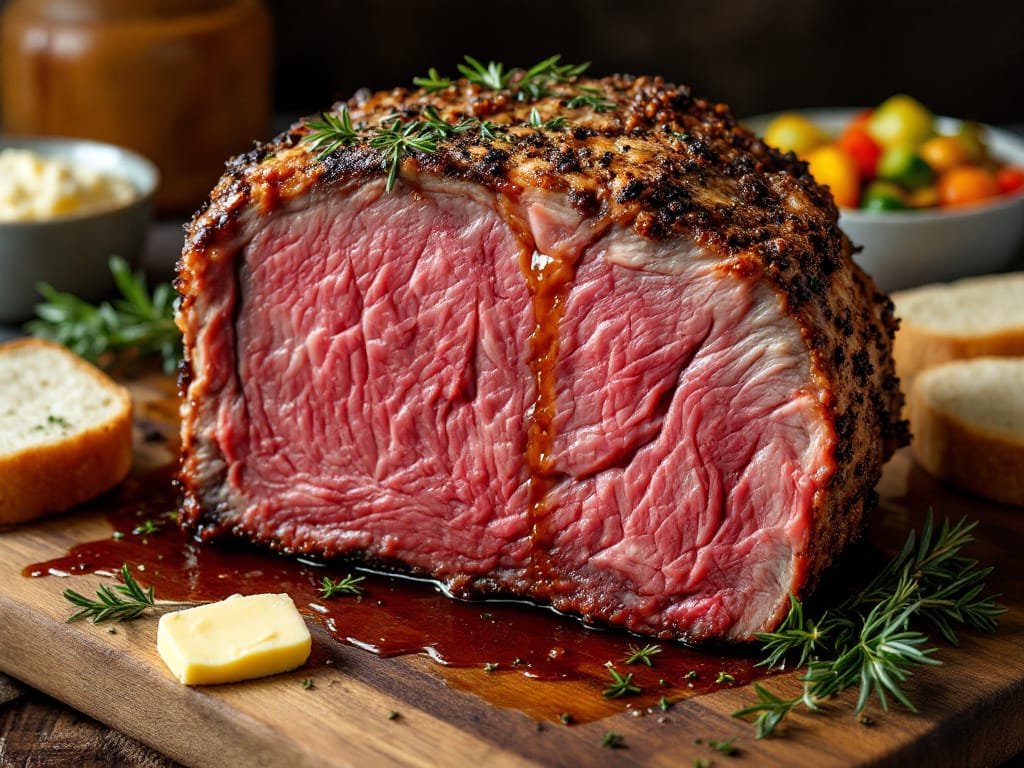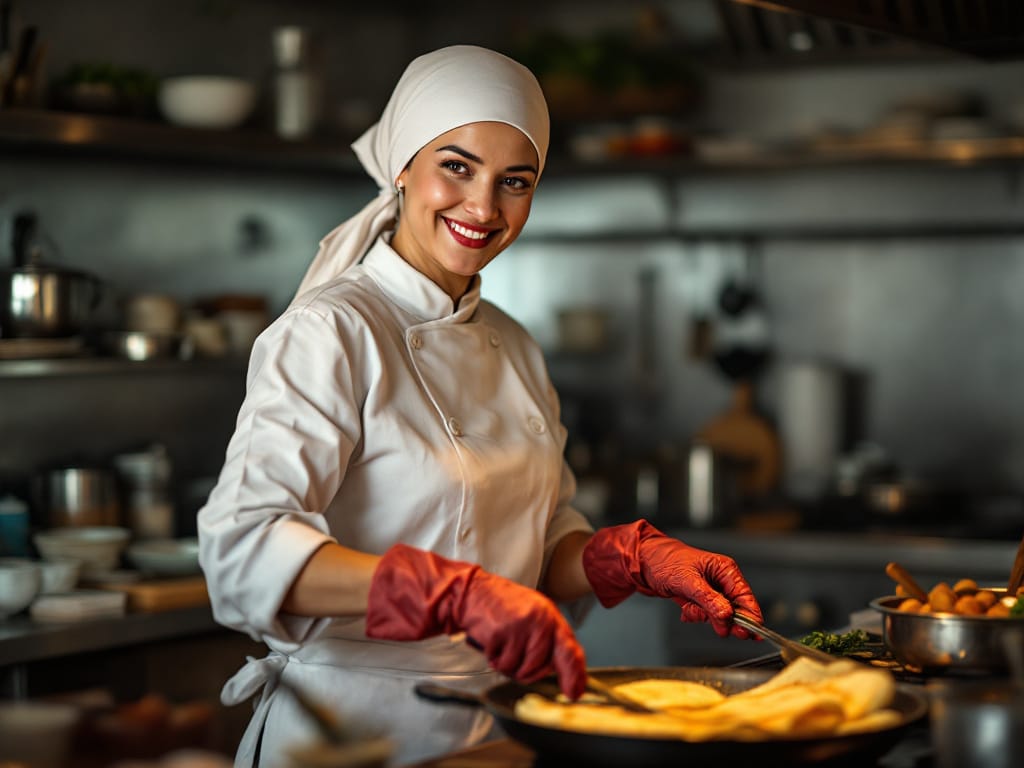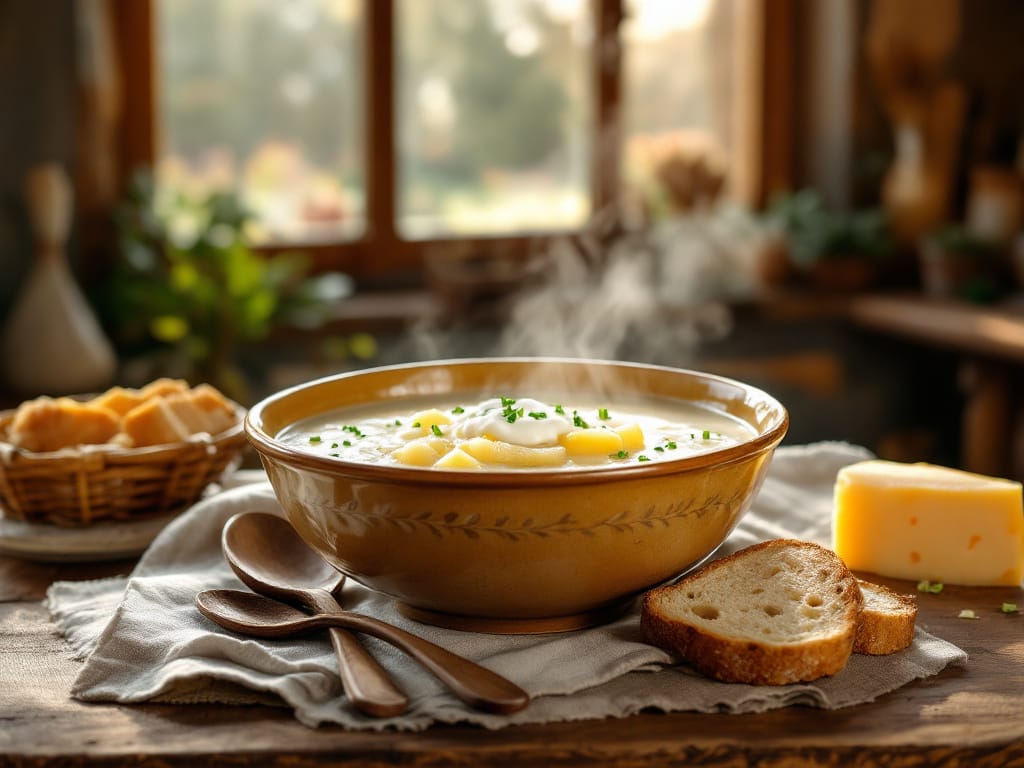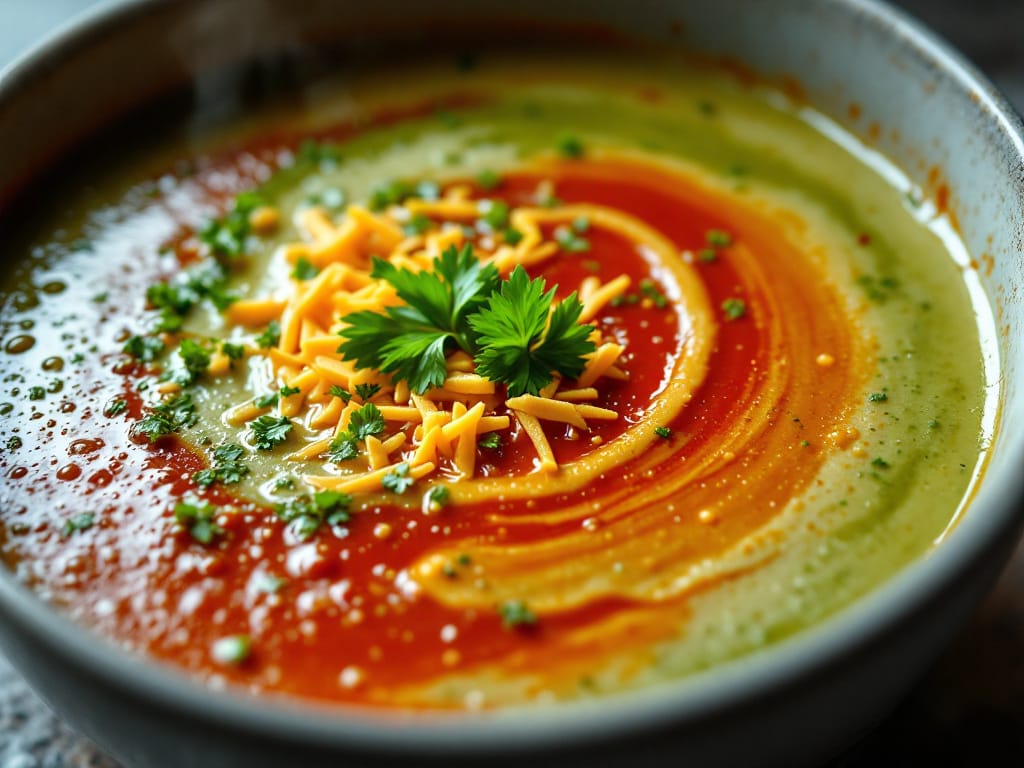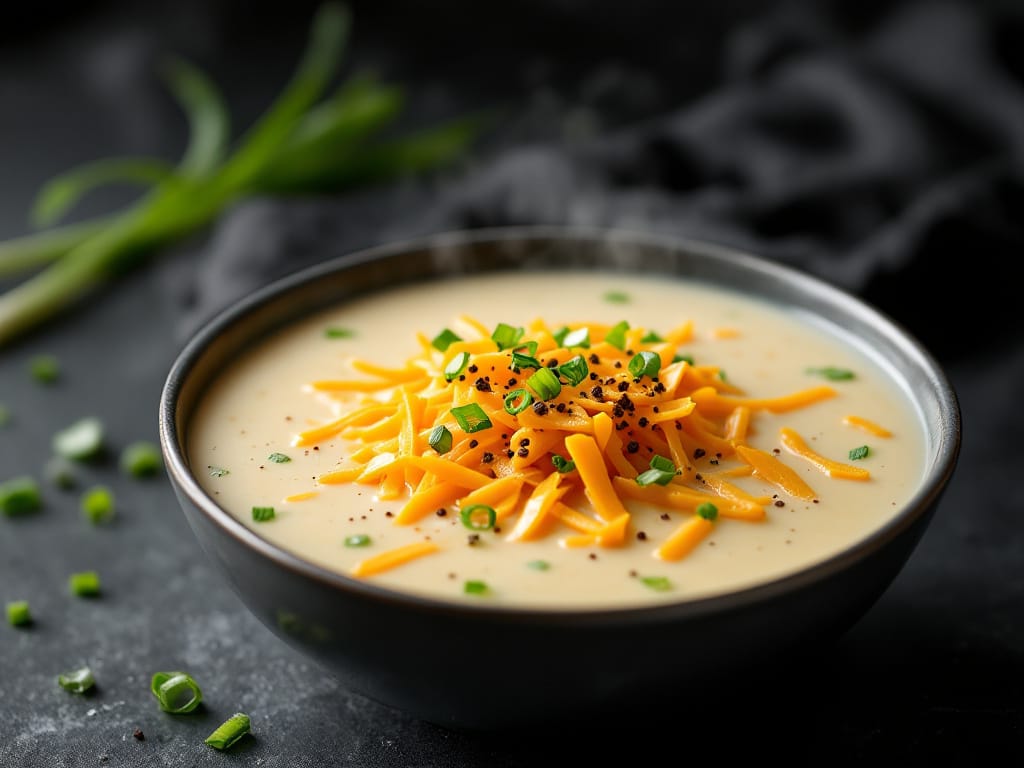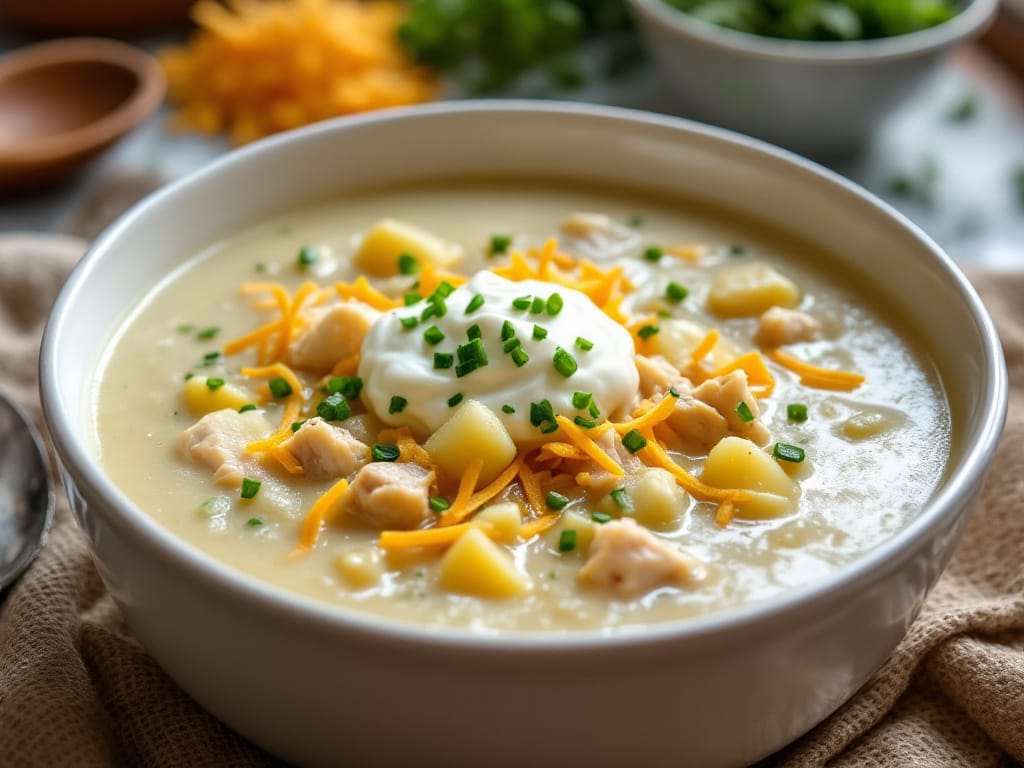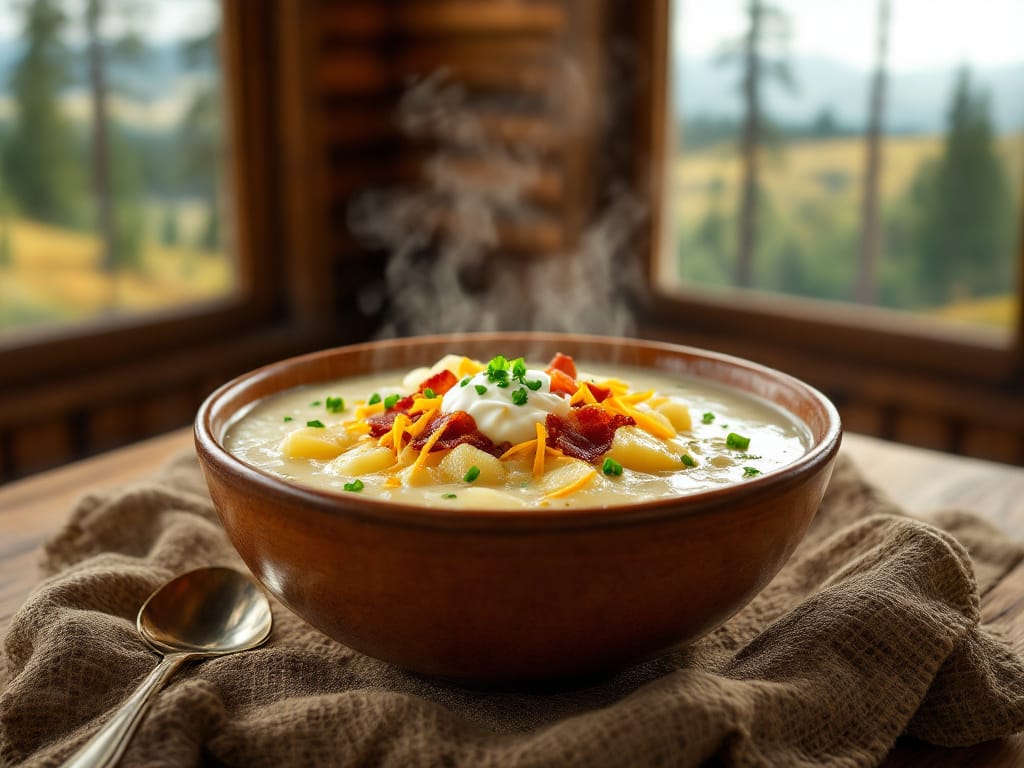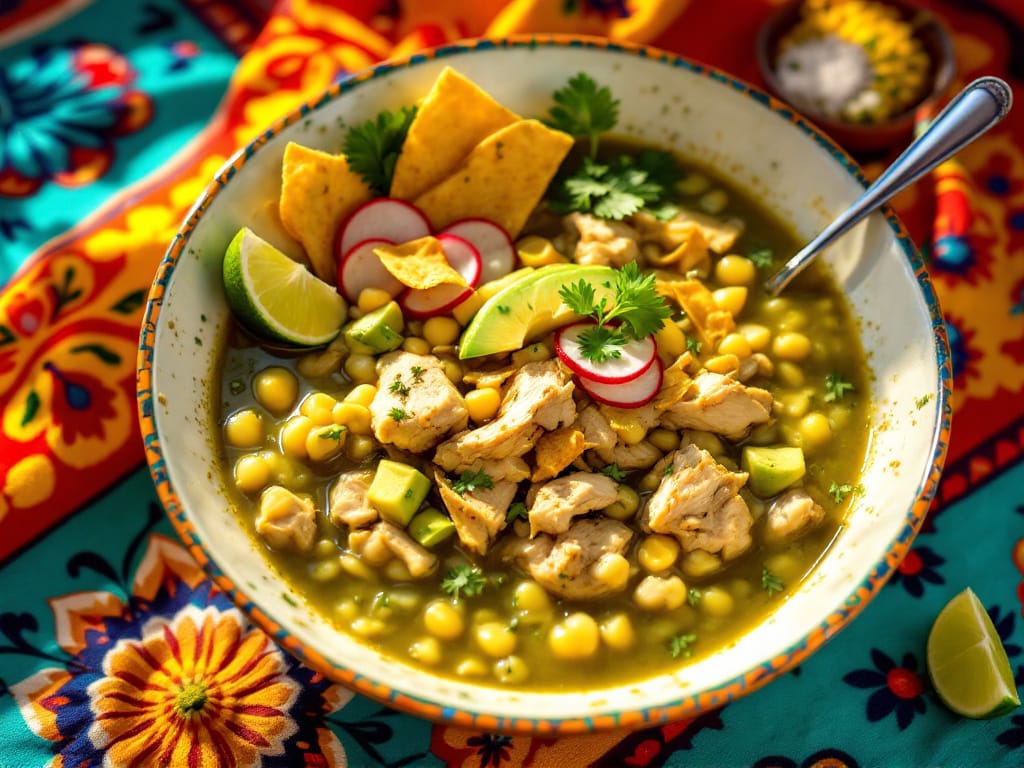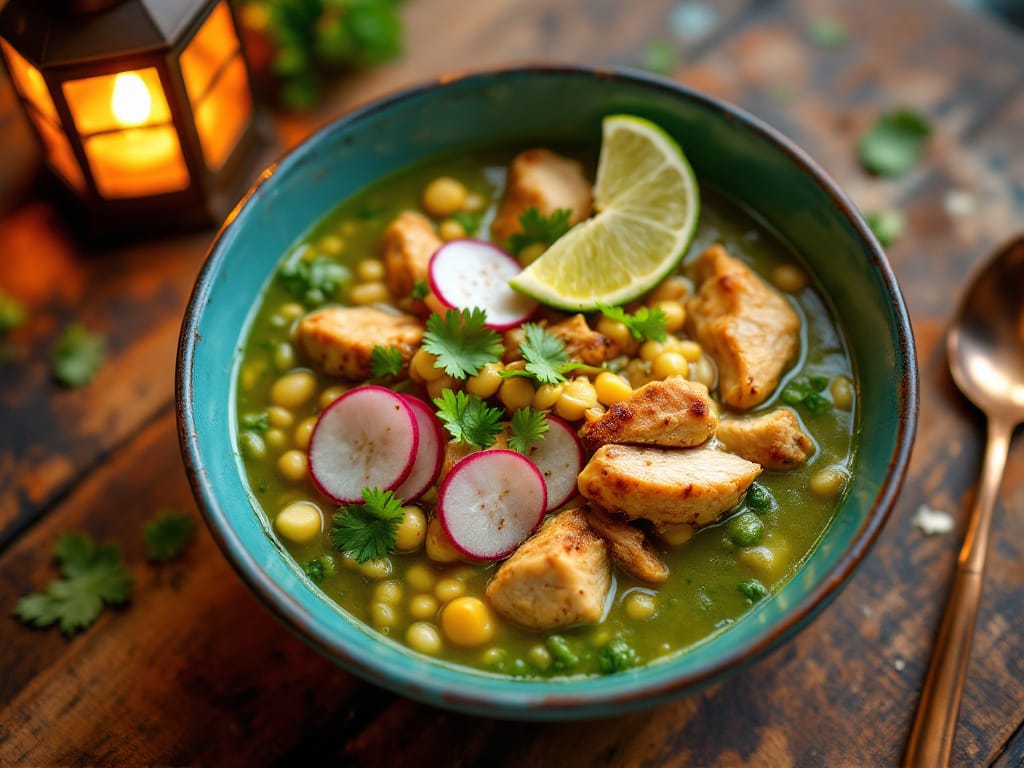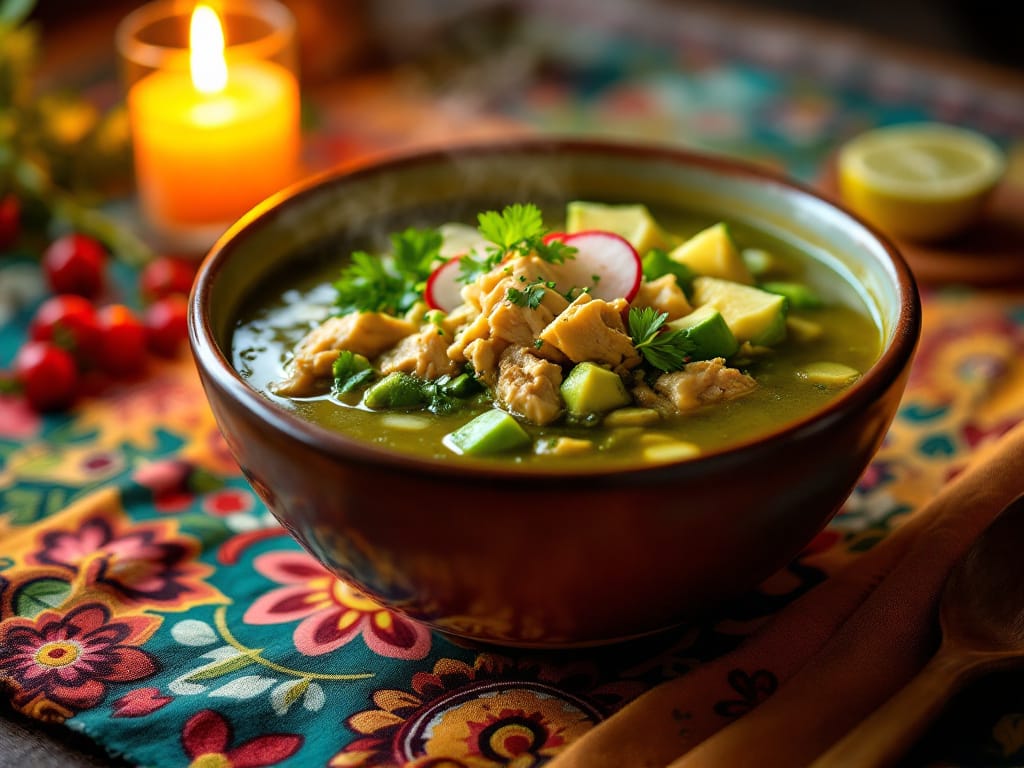Prime rib, a cut synonymous with indulgence, is the crown jewel of roasts. But when it comes to cooking it, opinions vary. Should you cook it slow and low to bring out the tenderness, or should you go for a fast and high-heat method to lock in juices? This article dives into the nuances of both techniques, providing insights, methods, and tips to help you decide the best way to prepare this savory masterpiece.
Understanding the Basics of Cooking Prime Rib
What is Prime Rib?
Prime rib, often referred to as a standing rib roast, is one of the most prized cuts of beef. Known for its marbling, tenderness, and rich flavor, it’s sourced from the primal rib section of the cow. This cut typically includes both the ribeye muscle and the cap, delivering a blend of juicy, melt-in-your-mouth texture and robust taste.
Prime rib’s reputation as a luxurious centerpiece at holiday tables stems from its rich fat content and natural flavors. The choice between bone-in and boneless cuts also plays a role in how the meat cooks, as bones can act as natural insulators, affecting the roast’s temperature consistency.
Factors Influencing Cooking Techniques
Cooking prime rib isn’t a one-size-fits-all affair. Several factors influence how you should approach your roast:
- Fat Marbling
The more marbling your roast has, the more forgiving it will be during cooking. Slow cooking allows the fat to melt and infuse the meat with flavor, while fast cooking can help achieve a crisp exterior. - Thickness and Size of the Cut
Larger cuts tend to benefit from slow cooking to ensure even heat distribution, whereas smaller cuts can achieve excellent results with a faster method.
Understanding these basics is crucial for determining whether slow cooking or fast roasting is the better choice for prime rib.
The Debate: Slow vs. Fast Cooking
What Does “Slow Cooking” Mean for Prime Rib?
Slow cooking involves using low heat over a long period, typically in the range of 200–250°F. This method allows the fat marbling in the prime rib to melt slowly, bathing the meat in flavor and moisture. The result is a roast that’s uniformly tender and juicy throughout.
With slow cooking, you’re also less likely to overcook the meat, as the gradual heat gives you more control. This method is ideal for large gatherings where you want to ensure consistent results and a tender bite for every guest.
What is “Fast Cooking” for Prime Rib?
Fast cooking, on the other hand, relies on high heat—often 450°F or higher. This technique is all about creating a flavorful crust quickly, sealing in the juices before they escape. The interior remains tender, though the contrast between the crust and the inside can be more pronounced compared to slow cooking.
This method works well for smaller cuts or when time is limited. However, it requires precise timing to avoid overcooking, particularly for those seeking medium-rare perfection.
Comparing Slow and Fast Cooking
The choice between these methods often boils down to personal preference and occasion:
- Slow cooking excels in even heat distribution, perfect for achieving a uniform pink center.
- Fast cooking delivers bold, charred flavors that some roast lovers crave.
If you’re still wondering, is prime rib better cooked slow or fast?, the answer depends on your flavor and texture priorities. Each method has its merits, and we’ll explore how to execute them in the next section.
Techniques for Slow Cooking Prime Rib
The Slow Roast Method
The slow roast is one of the most traditional and foolproof ways to cook prime rib. Here’s how to do it:
- Preheat your oven to 200°F and season the roast generously with salt, pepper, garlic, and fresh herbs.
- Place the roast on a rack in a roasting pan to allow even airflow.
- Cook for several hours (about 30 minutes per pound), aiming for an internal temperature of 120°F for rare or 130°F for medium-rare.
- Rest the roast for 30 minutes, then finish with a high-heat sear (500°F) to create a golden crust.
This technique ensures an evenly cooked interior with a tender, buttery texture.
Sous Vide Cooking for Prime Rib
Sous vide has revolutionized the way prime rib can be prepared. This method involves vacuum-sealing the roast and cooking it in a water bath at a precise temperature.
- Set your sous vide machine to 131°F for medium-rare.
- Vacuum-seal the seasoned roast and submerge it in the water bath for 4–6 hours.
- After sous vide, pat the roast dry and sear it in a hot skillet or oven at 500°F for a crispy crust.
Sous vide guarantees perfect doneness edge-to-edge, making it a popular choice for those who value precision.
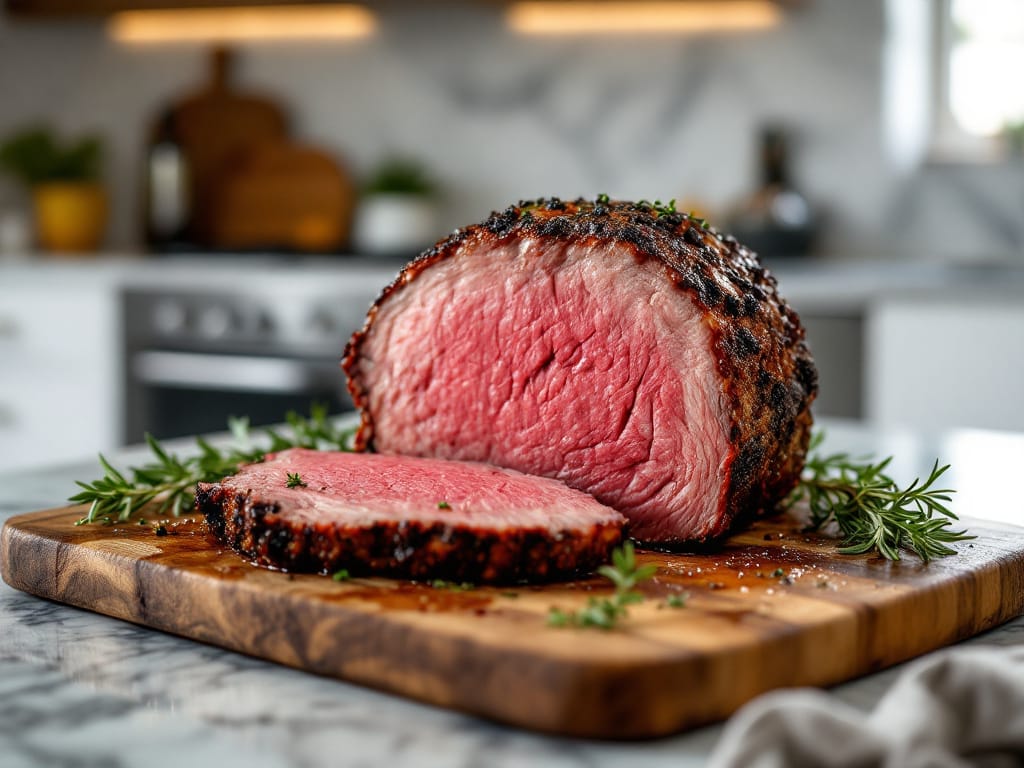
Techniques for Fast Cooking Prime Rib
The Sear-Then-Roast Method
Fast cooking often starts with a high-heat sear to lock in the juices, followed by a shorter roasting time. Here’s how to nail this method:
- Preheat your oven to 450°F. While the oven heats, season the roast generously with your favorite spices. Salt, pepper, garlic, and rosemary work wonders.
- Sear the roast in a hot skillet for about 2 minutes on each side to create a crust.
- Transfer the roast to a rack in a roasting pan and cook at 450°F for 20 minutes per pound. Aim for an internal temperature of 120°F for rare or 130°F for medium-rare.
- Rest the roast for 15–20 minutes before slicing to allow the juices to redistribute.
This method is perfect when you need a roast ready in a fraction of the time. However, it’s important to monitor the temperature closely, as high heat can overcook the exterior if left too long.
The 500 Rule for Prime Rib
The “500 Rule” is another high-heat method that delivers bold flavors and a crisp exterior. Here’s how it works:
- Preheat your oven to 500°F.
- Calculate the cooking time by multiplying the weight of your roast (in pounds) by 5. For example, a 6-pound roast would cook for 30 minutes at 500°F.
- After cooking, turn off the oven and let the roast sit inside for 2 hours without opening the door.
This approach creates a golden crust while slowly finishing the inside. While it may seem risky, the method has stood the test of time for creating flavorful prime rib.
For more tips on achieving a beautifully seared crust, you can explore additional techniques at Easy Savory Recipes.
Tips for the Perfect Prime Rib, Regardless of Method
Choosing the Right Cut
The foundation of any prime rib success is selecting the right cut. Bone-in roasts offer better flavor and natural insulation, helping the meat cook more evenly. If you prefer convenience, boneless prime rib is easier to carve but may require more attention to prevent overcooking.
Look for a roast with good marbling—the thin white streaks of fat running through the meat. Marbling enhances flavor and keeps the roast moist, especially when cooking slow and low.
Seasoning and Resting
No matter your cooking method, seasoning is crucial. Salt the roast at least 24 hours before cooking to allow the flavors to penetrate deeply. Adding garlic, rosemary, thyme, or even a hint of smoked paprika can elevate the flavor profile.
Equally important is letting the roast rest after cooking. Resting allows the juices to redistribute, ensuring every slice is moist and tender. Aim for 20–30 minutes of resting time before carving.
For more delectable ideas, check out other recipes on Easy Savory Recipes.
Is Prime Rib Better Cooked Slow or Fast?
Choosing the Right Equipment for Cooking Prime Rib
Why Your Equipment Matters
When debating is prime rib better cooked slow or fast, the tools you use can make all the difference. Using the right equipment ensures your roast is cooked evenly and enhances its flavor and texture. Whether you’re opting for slow cooking or a fast roast, having the right tools guarantees consistency and precision.
Essential Tools for Slow Cooking
- Roasting Pan with Rack
A sturdy roasting pan with a rack keeps the meat elevated, allowing air to circulate and cook the roast evenly. - Meat Thermometer
A digital thermometer is crucial for monitoring the internal temperature without opening the oven frequently. - Slow Cooker or Sous Vide Machine
These are excellent alternatives for achieving that melt-in-your-mouth tenderness when cooking at low temperatures.
Essential Tools for Fast Cooking
- Cast-Iron Skillet
Perfect for searing the roast before transferring it to the oven, creating a flavorful crust. - High-Heat Oven
An oven that maintains consistent high temperatures is essential for fast-cooking methods like the 500 Rule. - Sharp Carving Knife
After cooking, a sharp knife ensures clean, precise slices, showcasing your roast at its best.
By investing in the right tools, you can master both slow and fast methods with ease.
Pairing Prime Rib with the Perfect Side Dishes
Complementing Slow-Cooked Prime Rib
When you’ve taken the time to slow-cook your roast, pair it with dishes that match its tender, rich flavor:
- Creamy Mashed Potatoes
The velvety texture balances the roast’s savory notes. - Roasted Vegetables
A mix of carrots, Brussels sprouts, and parsnips adds color and complements the meat’s buttery texture. - Yorkshire Pudding
A traditional side that soaks up the juices for an unforgettable combination.
Side Dishes for Fast-Cooked Prime Rib
Fast-cooked prime rib is bold and crusty, making it ideal for pairing with lighter, refreshing sides:
- Crisp Caesar Salad
The zesty dressing cuts through the richness of the meat. - Garlic Butter Green Beans
Simple yet flavorful, these beans add a fresh, vibrant touch. - Baked Sweet Potatoes
The natural sweetness balances the roast’s bold flavors.
Whether slow-cooked or roasted quickly, the right sides can elevate your prime rib dinner to a gourmet experience.

